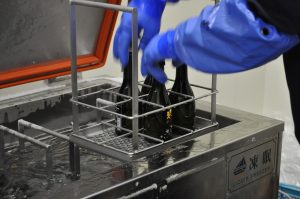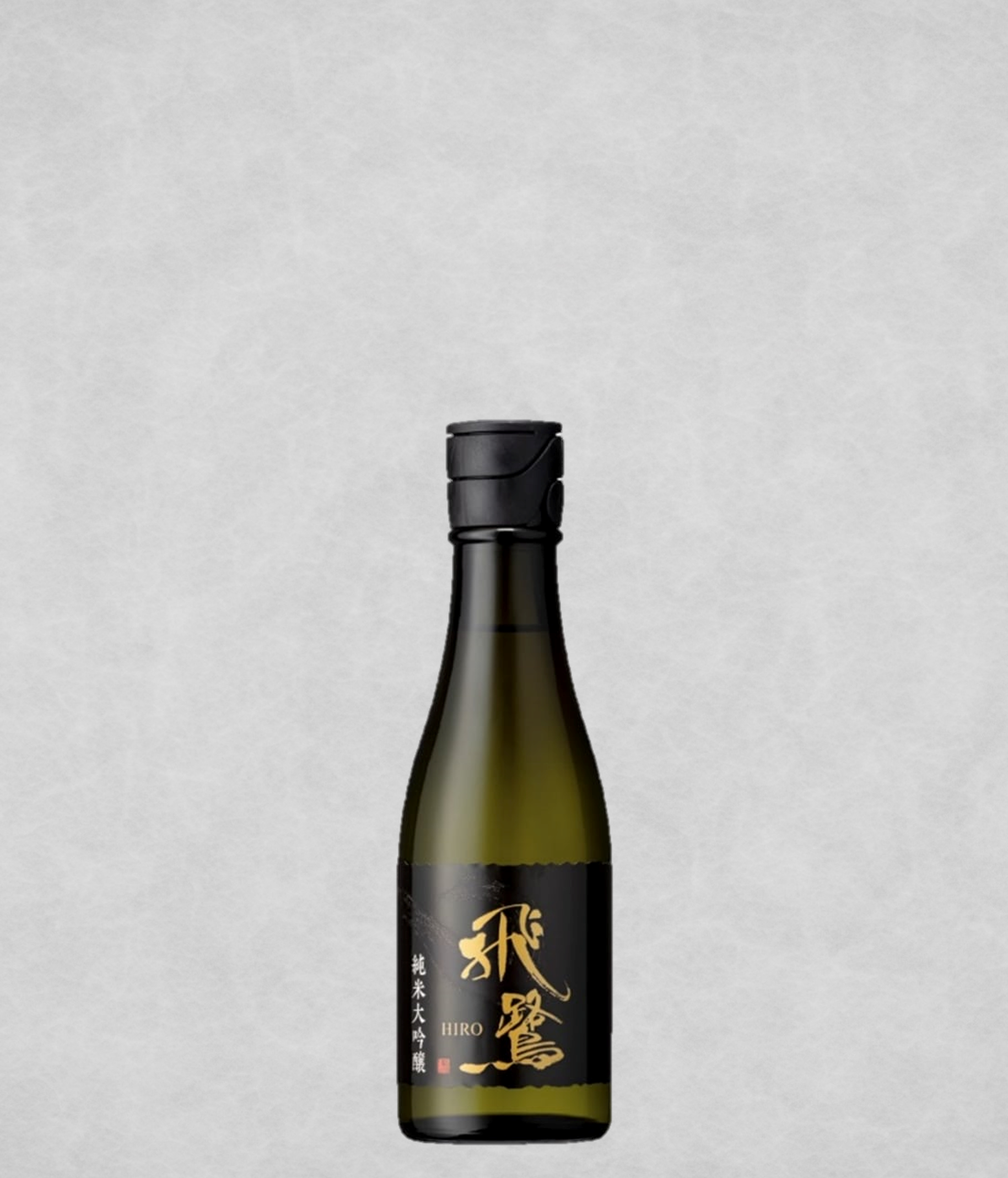- HOME >
- Products & Services >
- TOMIN Nama Sake
製品・サービス TOMIN Nama Sake

“TOMIN Nama Sake” is a frozen fresh sake that preserves the exact flavor of freshly pressed sake from the brewery.
It represents a new category of Japanese sake made possible by Tōmin’s technology.

The history of preserving sake in Japan
The origins of sake are believed to date back to around 300-200 BC, and for approximately 2,000 years, it has developed alongside Japanese food culture. During this period, a preservation method known as “hiire” (pasteurization) was invented, and this pasteurization technique remains a cherished traditional practice even today. In the 21st century, the majority of sake commonly distributed is pasteurized.
The development of the “hiire” (pasteurization) technique brought a revolution to the storage and distribution of sake. However, sake that has not undergone pasteurization is known as “nama-sake” which is unpasteurized sake(In Japan, Nama-sake is usually called “nama-zake”). This type of sake is characterized by its fruity flavor and smooth texture, but it is delicate and prone to flavor changes due to enzyme activity. While the “hiire” process halts the activity of enzymes, making the sake easier to store, it unfortunately results in the loss of the original flavor of nama-sake. According to Mr. Kuji, the president of Nanbu Bijin, “The nama-sake that is available on the market retains only about half of the deliciousness compared to the freshly pressed sake at the brewery.” Therefore, the only way to truly enjoy the authentic taste of nama-sake was to visit the brewery during the pressing season.
Why was the commercialization successful with the Tomin freezing method?

Conventional freezing methods result in low reproducibility of nama-sake (unpasteurized sake) for two main reasons. First, when frozen slowly, the liquid expands, causing the bottle to crack. Second, the water and alcohol content separate, leading to a deterioration in taste and flavor. As a result, freezing sake has not been a common practice in the industry. This issue has been resolved by the Tomin freezing method. By submerging the bottle in -30°C alcohol liquid (with a concentration just under 60%), the sake freezes very quickly, preventing the bottle from breaking. Additionally, the separation of water and alcohol is minimal, which means that after thawing, even professional sensory evaluations have not detected any deterioration in quality. TOMIN SAKE COMPANY, a 100% subsidiary of TECHNICAN, led by CEO Tatsuo Maekawa, produces and brands delicious nama-sake from all over Japan using the Tomin freezing method.
Watch Tomin Nama Sake in action through this video.
“Tomin Nama Sake Explained in 1 Minute”
Examples of Tomin Nama Sake Products
-
Nanbu Bijin Nanbu Bijin Super Frozen Junmai Daiginjo Nama Genshu

-
Matsui Shuzo Jummai KAGURA (RURI)
.png)
-
Amabuki Shuzo Amabuki I Love Sushi Nama Super Frozen

-
Sasanokawa Shuzo Shunka Shuto Jummai Nigori Nama Genshu

-
Hakubotan Shuzo Hyoka Jummai Nama Sake

-
Hirata Shuzo Hiro Kuro Jummai Daiginjo

As of October 2024, 35 breweries and 40 sake brands have joined the Tomin Nama Sake brand. In addition to in-store sales at the TOMIN FROZEN shop and online sales, we are also focusing on raising awareness through offline events. The number of restaurants offering Tomin Nama Sake is steadily increasing, including “Nomae” at Shimogamo Saryo (with all titles omitted), and we have also held successful events in Taiwan. We will continue to recruit breweries to join the Tomin Nama Sake brand and aim to expand branding and sales channels both domestically and internationally. At TOMIN SAKE COMPANY, we also participate in various sake events and engage with enthusiasts. If you would like to try Tomin Nama Sake, please feel free to contact us.
Learn More About Tomin Nama Sake
-

“Tomin Nama Sake” Launching Ceremony
The “Tomin Nama Sake” brand, which officially launched in May 2023, held a reception party to celebrate the launch, inviting stakeholders and media representatives. The event featured a tasting of various nama sake from across Japan, from Hokkaido in the north to Fukuoka in the south. Traditionally, it has been impossible to compare the fresh taste of sake right after pressing, but this party allowed attendees to fully experience the unique possibilities offered by Tomin Nama Sake.
-

We Served Tomin Nama Sake!
We had the regular customers at the high-end sushi restaurant “Shinpaku” in Ebisu sample Tomin Nama Sake. This restaurant is a popular spot where you can enjoy delicious sushi and sake. You can watch the feedback from these discerning customers, who are well-versed in fine sake, on YouTube.
-

Shimogamo Saryo “Tomin Nama Sake” Event
Tomin Nama Sake is currently being offered at Shimogamo Saryo and we recently held a pairing event at the “Nomae” restaurant in Ginza. We invited regular customers, stakeholders, and members of the media to experience the pairing of Tomin Nama Sake with the exquisite cuisine of Shimogamo Saryo. The sake was served at three different stages of thawing, allowing guests to taste and appreciate the evolving flavors at each stage. This event also introduced a new way of enjoying sake by savoring the changes in flavor that occur during the thawing process.
Inquiries Regarding Tomin Nama Sake
TOMIN SAKE COMANY
Tatsuo Maekawa, President and CEO
email:maekawa@tomin-sake.co.jp
Website : https://www.tomin-sake.co.jp/
Contact us
Please feel free to contact us!


